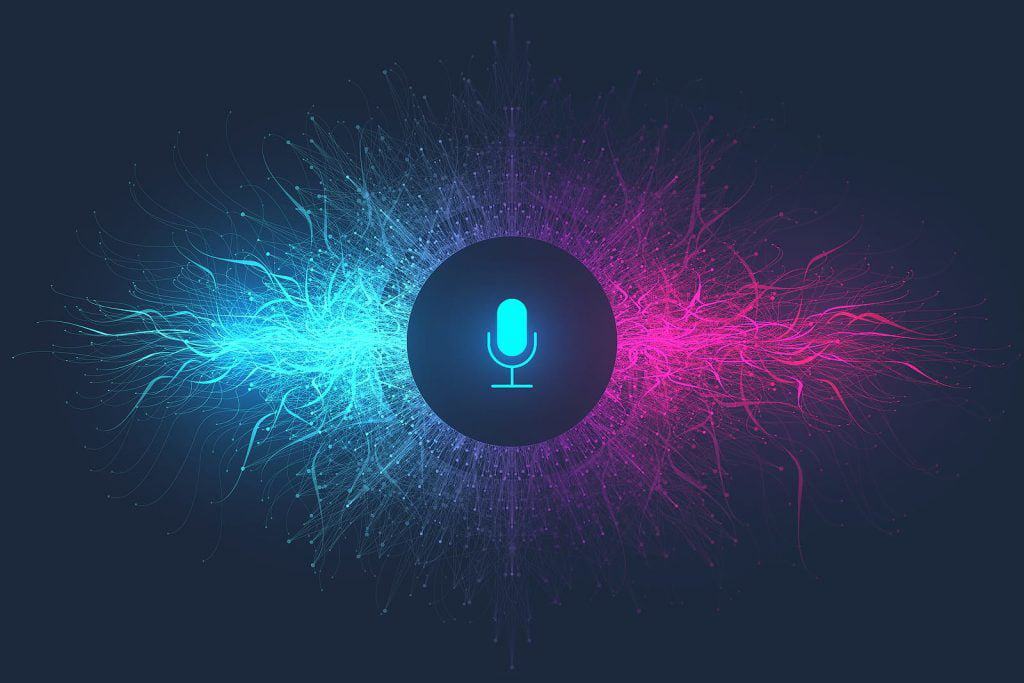Printed on paper, electronic on screen, or audible in streaming. The book looks like a chameleon that adapts to its environment to survive and make itself known because publishing and distributing a book is no longer as difficult and expensive as before. Join me for this review of the trends that are allowing a rebirth of the book, the true window of knowledge.
If we see the statistics the good old book is alive and kicking. Over 2.2 billion books are sold yearly, with the USA, UK, and China contributing over 72% of that amount. France sold 485 million in 2021. Germany sells 273 million and Spain 200 million books per year. As of 2023, the global trade book sales revenue is estimated at $78 billion, a 2.5% increase over 2022.
So books are sold, and people are reading them. !!! Since writing was invented, books have been used to tell stories, teach, entertain, and much more. But in the digital age, how does the book adapt to a world where information is everywhere? Is the book still relevant as a means of sharing knowledge?
The answer is a resounding “yes” in view of the data. The book has known how to adapt and evolve with new technologies, including Artificial Intelligence, which, for example, serves to find out the topics that most captivate the public.
There is clearly a shift in the publishing industry towards a hybrid model, where publishers release both digital and print versions of books. This allows readers to choose their preferred format and helps publishers reach a wider audience.
First of all, let’s talk about the book printed on paper. The data shows that most people still prefer printed books. According to the American Publishers Association, 81% of American adults prefer to read print books over eBooks. The tactile sensation of turning pages, the smell of paper, and the ability to collect and display books in a personal library are reasons why many still prefer paper books. In addition, print-on-demand has reduced production and storage costs, allowing self-published and independent authors to publish their books without needing a large publisher.

Second, the electronic book has experienced a boom in recent years thanks to platforms such as Kindle from Amazon, iBooks from Apple, Smashwords, Barnes and Noble Press, etc. The Pew Research Center tells us that 28% of American adults have read an e-book in the past year. E-books are cheaper than regular books and easy to download and transport, making them ideal for people who travel or don’t have much space to store books at home. According to Technavio’s “Global eBook Market” report, the global eBook market is expected to grow at a CAGR of 7% this decade.
In addition, many readers enjoy the customization options that eBooks offer, such as adjusting the font size and screen lighting and the ability to purchase and download books instantly. Technology has also allowed eBooks to be more interactive and multimedia. With augmented reality and rich digital books, readers can enjoy more immersive and engaging reading experiences. The academic literature is increasingly electronic and uses audiovisual support. For example, Medicine or architecture books are enriched with videos and animations that facilitate understanding.
Audiobooks continue their slow but steady popularity, allowing readers to listen to books while doing other activities like driving or exercising, allowing them to use their time more efficiently. Some listeners prefer the voice of a narrator or presenter and find that this helps them focus and retain information better. And regarding the profile of audiobook consumers, note that 56% are women, and 45% are between 18 and 44 years old. According to the Audio Publishers Association, audiobooks in the United States saw a 22.7% increase in sales each year during the pandemic. In Spain, the number of listeners to podcasts and audiobooks in Spanish will grow 30% per year in the next three years, reaching 26.6 million users in 2026.
Just like in the world of music and content creation, publishing a book, has never been so easy and cheap. The publishing industry has become more accessible to authors thanks to self-publishing platforms like Amazon Kindle Direct Publishing, Smashwords, and Barnes and Noble Press. Yes, publishing has been democratized, allowing anyone to publish their book online and reach a global audience.
Interestingly, while technology has made books more accessible, richer in content, and cheaper, it has also increased the popularity of vintage and collectible books. As happens with vinyl records, there are more and more fans of rare and valuable books in second-hand stores and at auctions because in this, old books are considered by many to be true works of art.
A book does not just educate and entertain; as was said in the 60s: a book helps to succeed. Most literate countries are Scandinavians, and most illiterate are in Africa. In Canada and France, they read 17 books per person per year, vs. 8 in China and 4 in Italy.
Well, not even the French read enough. Because for us to achieve knowledge, happiness, peace, or success, we would have to read an average of 20 books a year. Bill Gates reads 50 books a year, and we can say, whether we like him or not, he has indeed succeeded.
In short, reading or having it read is good for you.


